Today the sun was back out, the wind was calm and the snow and ice of McMurdo Sound had regained the brilliance that we have become accustomed to here. It’s my last day in Antarctica – tomorrow I will board the LC-130 and head back home. Until that time though, I’m going to enjoy the time I have left and see how the test site has changed since Monday.
Commuting to Work
I boarded the Delta at 7:15 with the drillers, a couple of electricians, John, Tim, Mike, and Betty of the WISSARD team, and Kathy, our excellent and good natured driver. A Delta is big, heavy, and not terribly fast, but it does get there. On the rough areas in the road it bucks and bounces, but its huge tires absorb a lot of the shock and smooth out the ride as much as possible.
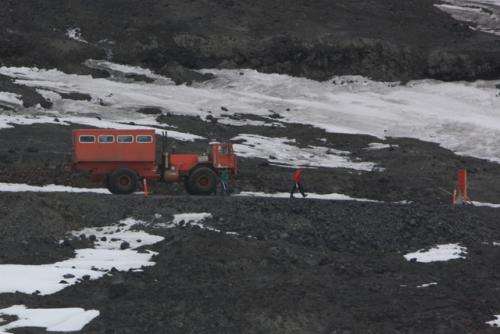
The trip out to our test site takes about 45 minutes. The route goes from Derelict Junction out to Highway 1, over the pass and down to Scott Base, then after a brief stop at the transition to knock dirt off of the underside, we ease slowly over the cracks in the ice that mark the end of land and beginning of the ice shelf. This is the roughest part of the ride – the transition requires constant maintenance by the road crews because here the road is always moving and breaking. They bring new snow and ice in to fill in holes and try to level it out, but it’s just plain rough. Once across, the road smoothes out and the gentle rocking and swaying of the Delta tends to make everyone a little drowsy. Some of us fall asleep.

Changes
When we arrive at the WISSARD site, I take a quick look around to see what’s changed. There are not big changes, but many little ones that you need to look for. The LARS (Launch and Recovery Sled - the work deck above the snow) has new equipment mounted on it, safety railing is being installed, and the UV (ultraviolet light) purifier is down in the drilling well. Around the deck more of the labs and control containers have been put into place and ramps installed to connect them to the LARS for easy access.

In the RCU (Reel Control Unit), the big hose that carries the hot water has been rolled onto its roller and fed into the crescent overhead, looking ready to go and start drilling! The big generators aren’t running yet, but they are closer and most of the wiring has been completed. Later in the day we will hear the deep-throated rumble as they are brought to life and tested. Electric power is critical to keep everything running.
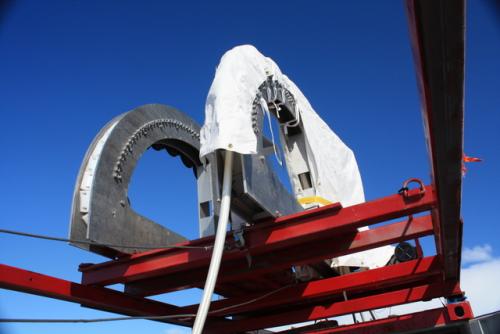
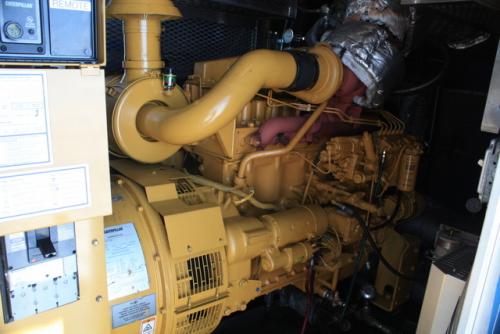
Inside the WISSARD container Tim and John are reconstructing wires by soldering sections together. They had worked on this much of yesterday and still had a ways to go before the wiring harnesses were complete.
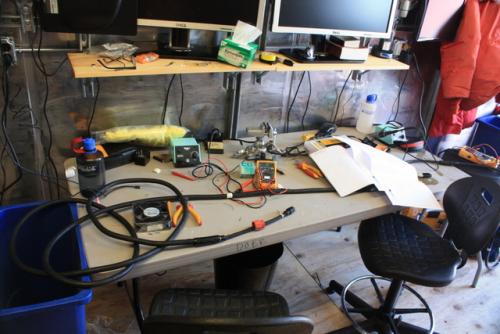
Mike and Rudy were working on the equipment and instrumentation, making changes and repairs. I worked on putting up a fan to get fresh air into the soldering areas and bolted a brace onto the “smart” winch. Dave, our videographer, showed up about 10:45 and I showed him around the site. He was looking for material to use in the documentation of our work. He wants to show an audience some of the parts of science that isn’t often seen – things like just making sure the bolts are tight.

Dave
I need to tell you a little about Dave Monk. He lives in Chicago and is a professional videographer. He was asked to be a part of WISSARD to document what goes into a big science project and to include some of the other aspects of life away from home, family, and the towns that many of us are familiar with. He has the eye of an artist and the skills of a story teller. He’s also a lot of fun to be around. He sees what we are all doing and how we are living from a totally different viewpoint. He makes us aware of it too. Because of Dave, we open our eyes up and see much, much more of what we do every day.

He’s also unpredictable. One day as we were making a group photo he was crouched down in the front row, and right as the picture was being taken he leaped out and across the snow, like a cat pouncing on its prey. I caught part of the move in the picture. If he’d been the one taking the picture he would have expected a silly move like that and caught the whole thing.

Dave, being a videographer, also likes catching people doing things or in motion. I guess that makes sense since he is taking moving pictures. We often got orders to walk toward the camera, don’t look at the camera, don’t skip, or do anything else silly. He got many minutes of John and Tim soldering; he and I got video of blasting to break up the ice at the ice pier; he would watch seals for long periods of time, just waiting for them to move (they don’t move much up on the ice – just sleep). If it’s possible to be hyperactive and infinitely patient at the same time, that’s Dave.
Subtle Changes on the Road to Success
Overall the test site was moving ahead and pretty much keeping on schedule. The changes were subtle, but important to the overall success of the project. All the little things have to be working. That means the drill need to work and so do the data collection tools that the scientists rely on. To understand the data, you also need to do chemical analysis. The labs have to have electricity and water in them. You also need places for everyone to eat, sleep, and even play when they have time off. You’ve seen some of my earlier journal entries that talk about all of these things. Every change I’ve seen is important if the project is going to be successful!

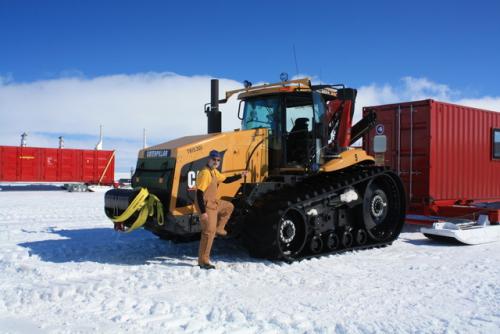


Comments